The Dance of Super-Human Intelligences

A Century of Circling Intelligences
For almost a century, two superhuman intelligences have been circling each other. One is artificial intelligence (AI) — machines capable of reasoning, predicting, and generating. The other is collective intelligence (CI) — the emergent wisdom of people working together in crowds, networks, and organisations. Their dance has been uneven: the 1950s were dominated by bold visions of symbolic AI, followed by the long “AI winter” of the 1980s. In the early 2000s, CI stole the spotlight with Wikipedia, open-source software, and mass online collaboration, only to be eclipsed again in the 2010s by deep learning breakthroughs and, most recently, by the rise of large language models like ChatGPT.
Although both promise to amplify human capability, AI and CI come from quite different traditions. Artificial intelligence refers to machines performing tasks we usually associate with human cognition — recognising patterns, making predictions, generating language or images. Collective intelligence, by contrast, arises when groups of people — from small teams to global networks — combine their diverse knowledge to solve problems no individual could tackle alone. These two fields have historically been studied apart, yet they share the same ambition: to scale intelligence beyond the individual. Their convergence could redefine how we think about leadership, decision-making, and innovation.
The Early Trade-offs
For decades, progress in one intelligence seemed to come at the expense of the other. The first wave of AI research in the mid‑20th century, obsessed with replicating human reasoning through symbolic rules, largely ignored how real people think, collaborate and learn in deeply social contexts. When AI expectations collapsed in the 1980s, collective intelligence quietly rose with the spread of the internet: Wikipedia, Linux, and open‑source communities demonstrated what decentralised human collaboration could achieve. Although the Internet provided the digital infrastructure for scaled collaboration, collective intelligence innovations in the early 2000s did not need AI.
A decade later, as deep learning reignited AI in the 2010s, few attempts had been made to create human‑machine systems that could solve complex problems. This was epitomised by the 2011 DARPA Shredder Challenge, which saw an impressive 9,000 teams competing to reconstruct shredded documents using as wide a range of techniques from computer vision to crowdsourcing to hybrid machine-human teams. The challenge was ultimately won by a team that managed to combine strong computer‑vision algorithms with human verification, using the algorithms to propose fragment pairings that assemblers then confirmed.
AI Takes Centre Stage
Yet, by 2012 the pendulum swung back. Deep learning breakthroughs — from Geoffrey Hinton’s neural networks to the “ImageNet moment” of 2012 and AlphaGo’s triumph over a world champion in 2016 — reignited global fascination with AI. Crowdsourcing and prediction markets (Kaggle, Mechanical Turk, FoldIt) kept collective approaches alive, but they rarely integrated with the new wave of machine learning. Meanwhile, civic experiments in deliberation (YourView, Pol.is, Decidim) quietly re‑imagined public decision‑making, yet these efforts barely intersected with AI research.
By the late 2010s, AI faced a backlash over algorithmic bias and filter bubbles — Cambridge Analytica became a cautionary tale — just as collective approaches returned to policy relevance through projects like vTaiwan and the Irish Citizens’ Assembly. Still, the two fields evolved in parallel rather than together.
The Convergence Begins
That dance is finally changing. In the past few years, breakthroughs in machine learning and new forms of digital participation have begun to merge. Techniques like reinforcement learning from human feedback (RLHF) — where AI models are trained and refined by human judgement — are already hybrids, blending computational scale with collective oversight. At the same time, civic platforms such as People Supported Intelligence (PSi), vTaiwan and Google Deep Mind’s Habermas Machine are experimenting with AI to map and summarise public deliberation, making large‑scale citizen assemblies more possible than ever before. For the first time, artificial and collective intelligence are not just evolving in parallel — they are beginning to co‑create, offering leaders a glimpse of systems where humans and machines learn together.
A New Kind of Leadership
For tomorrow’s leaders, the challenge is no longer choosing between human or machine intelligence — it’s learning how to orchestrate both at once. Leading in this new era means designing organisations where people, culture, and algorithms interact productively, rather than managing each in isolation. It requires a shift in mindset: away from controlling outcomes and toward creating the conditions where intelligence can emerge — through experimentation, feedback loops, and diverse perspectives. It also calls for ethical foresight, as decisions about how to integrate AI with human judgement will shape trust, equity, and accountability in the decades to come.
For tomorrow’s leaders, the challenge is no longer choosing between human or machine intelligence — it’s learning how to orchestrate both at once. Leading in this new era means designing organisations where people, culture, and algorithms interact productively, rather than managing each in isolation. It requires a shift in mindset: away from controlling outcomes and toward creating the conditions where intelligence can emerge — through experimentation, feedback loops, and diverse perspectives. It also calls for ethical foresight, as decisions about how to integrate AI with human judgement will shape trust, equity, and accountability in the decades to come.
The next era of leadership will belong to those who can choreograph this dance — bringing human and artificial intelligences into harmony rather than letting them compete. As these two forces entwine, they will shape everything from how organisations make decisions to how societies tackle their biggest challenges. The question is no longer which intelligence will win, but rather: who will have the skill to lead through this convergence?
------
If you're interested in exploring more ideas and conversations like this, consider joining the LIS MBA. Applications for January 2026 are open.
Share this story
Sign up for our newsletter
Don't miss out on important updates including course information, new announcements, Open Day dates and the latest LIS news.



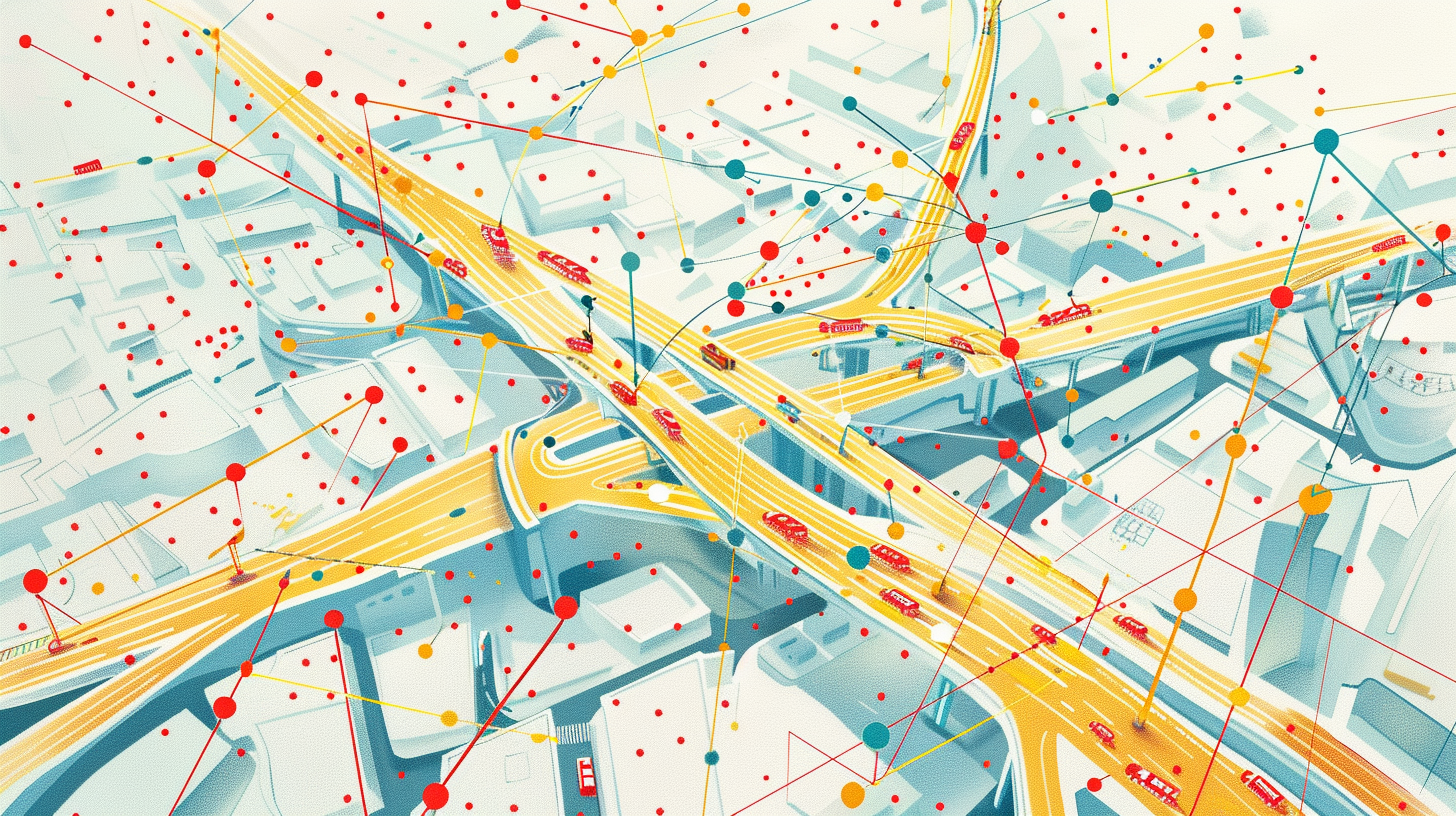

































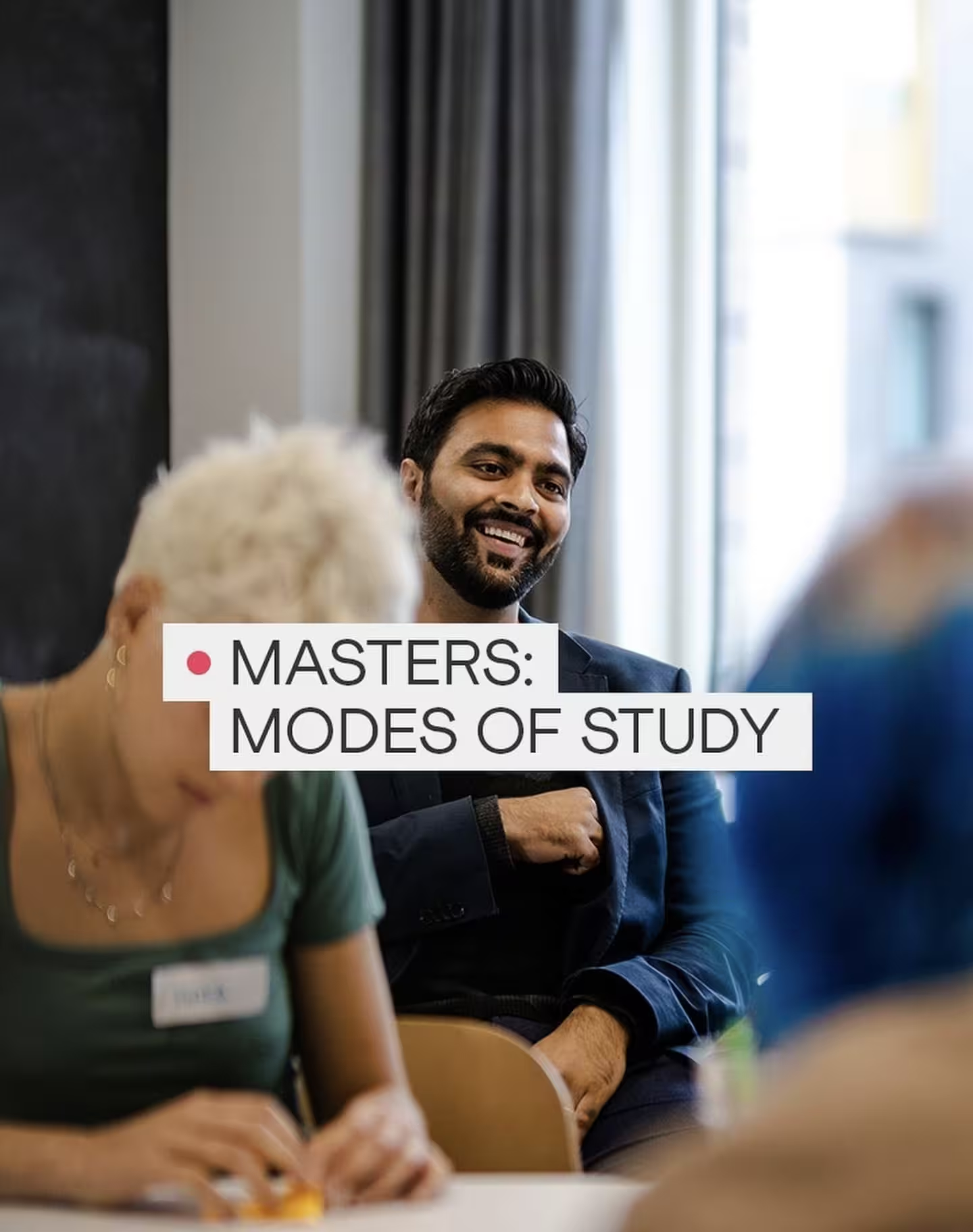
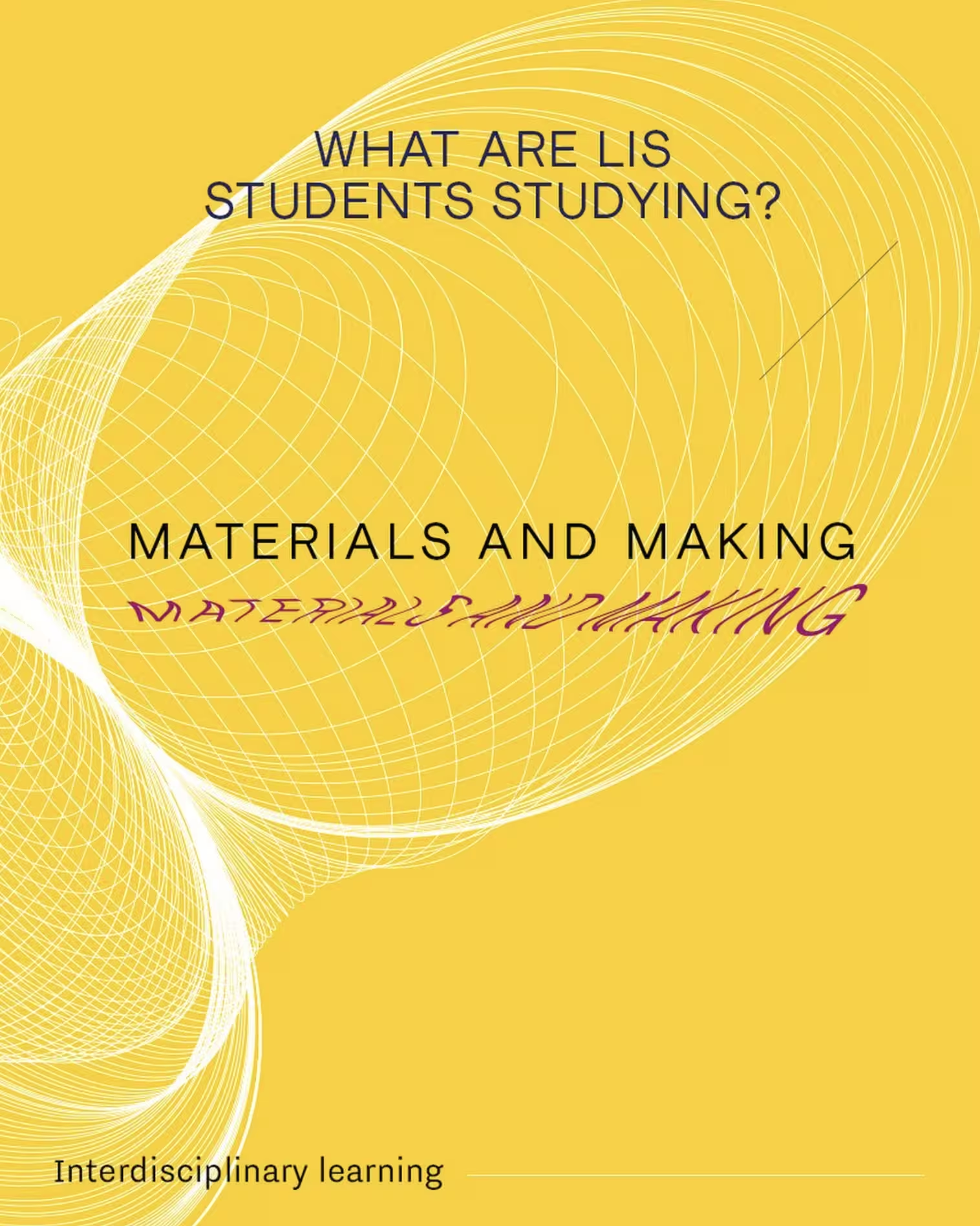
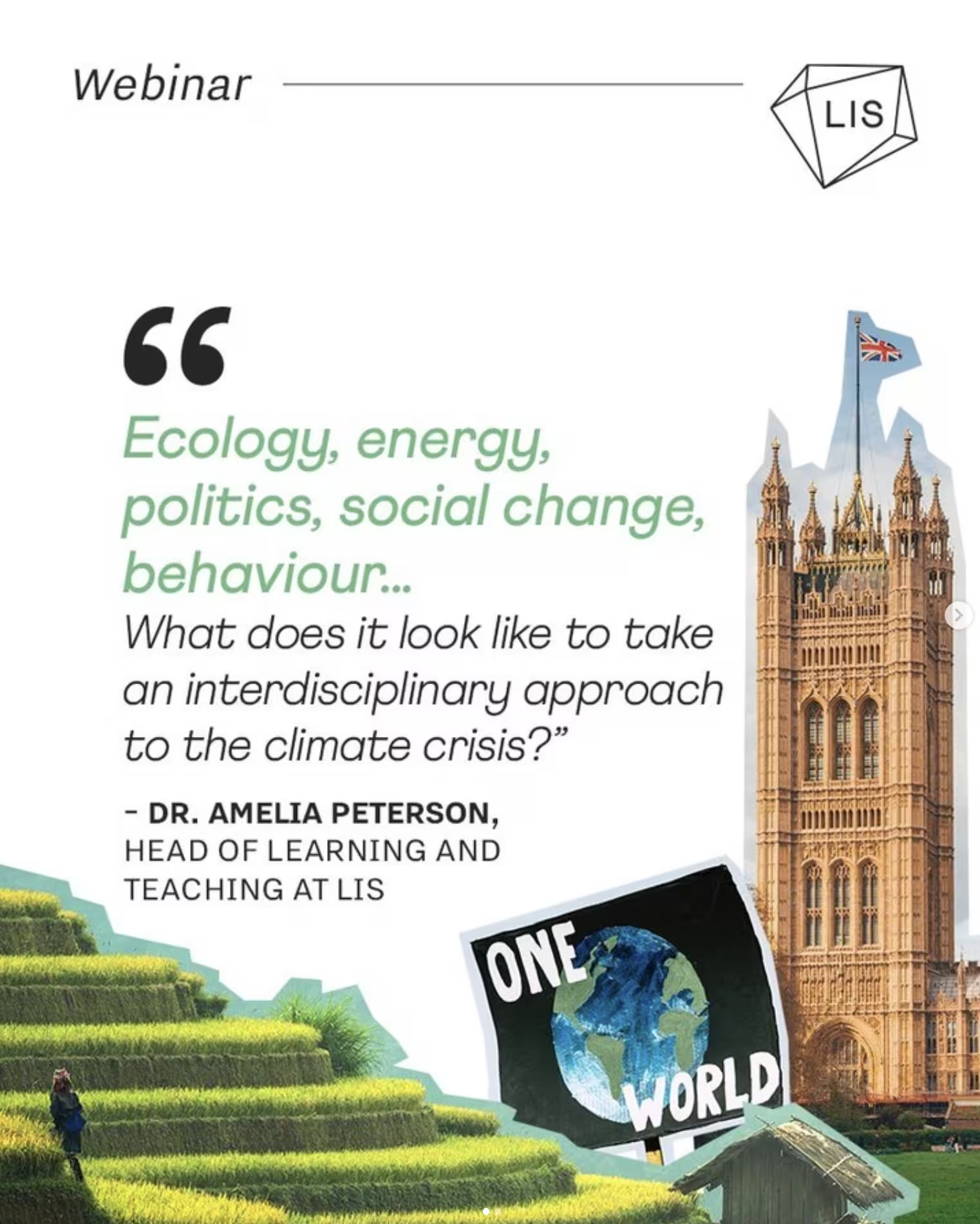






.svg)

.svg)




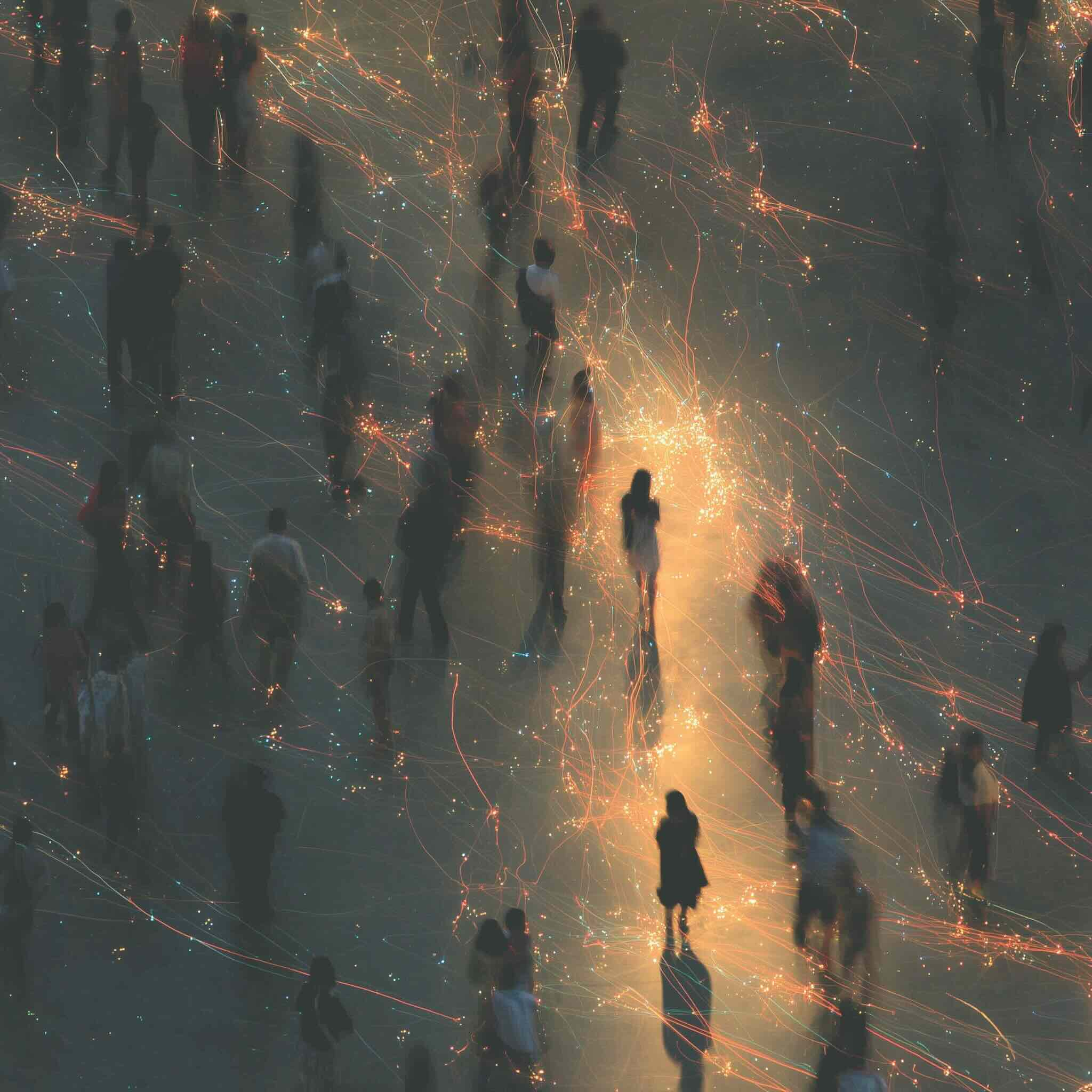
This is a comment related to the post above. It was submitted in a form, formatted by Make, and then approved by an admin. After getting approved, it was sent to Webflow and stored in a rich text field.